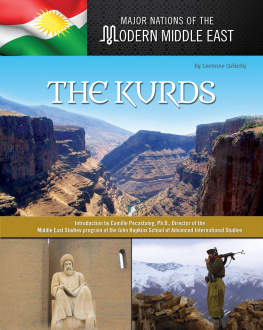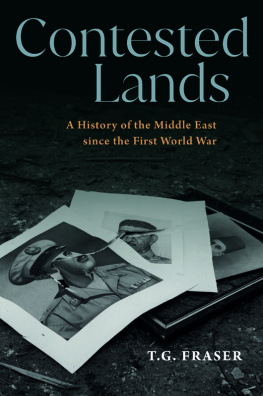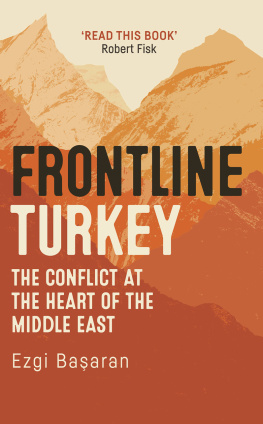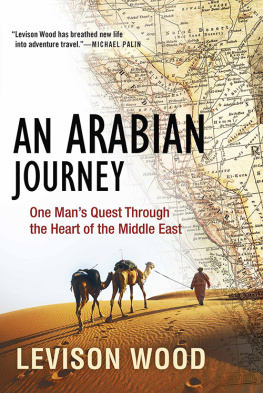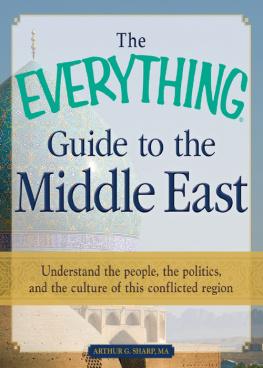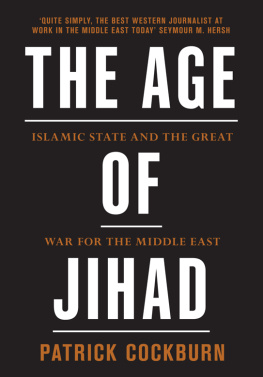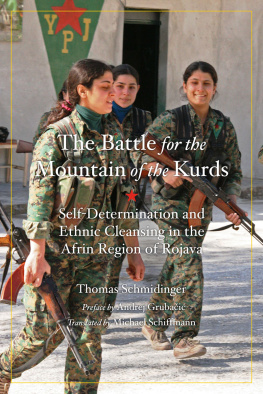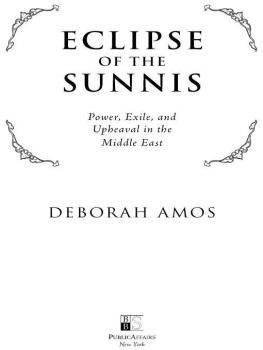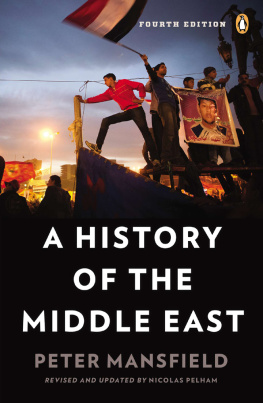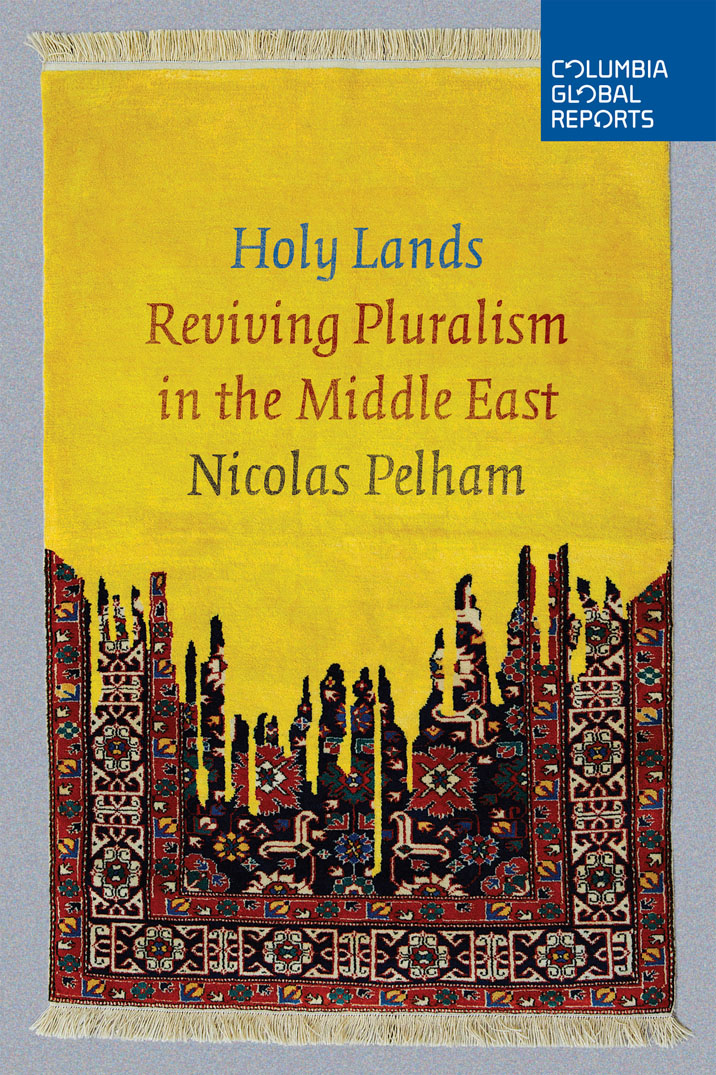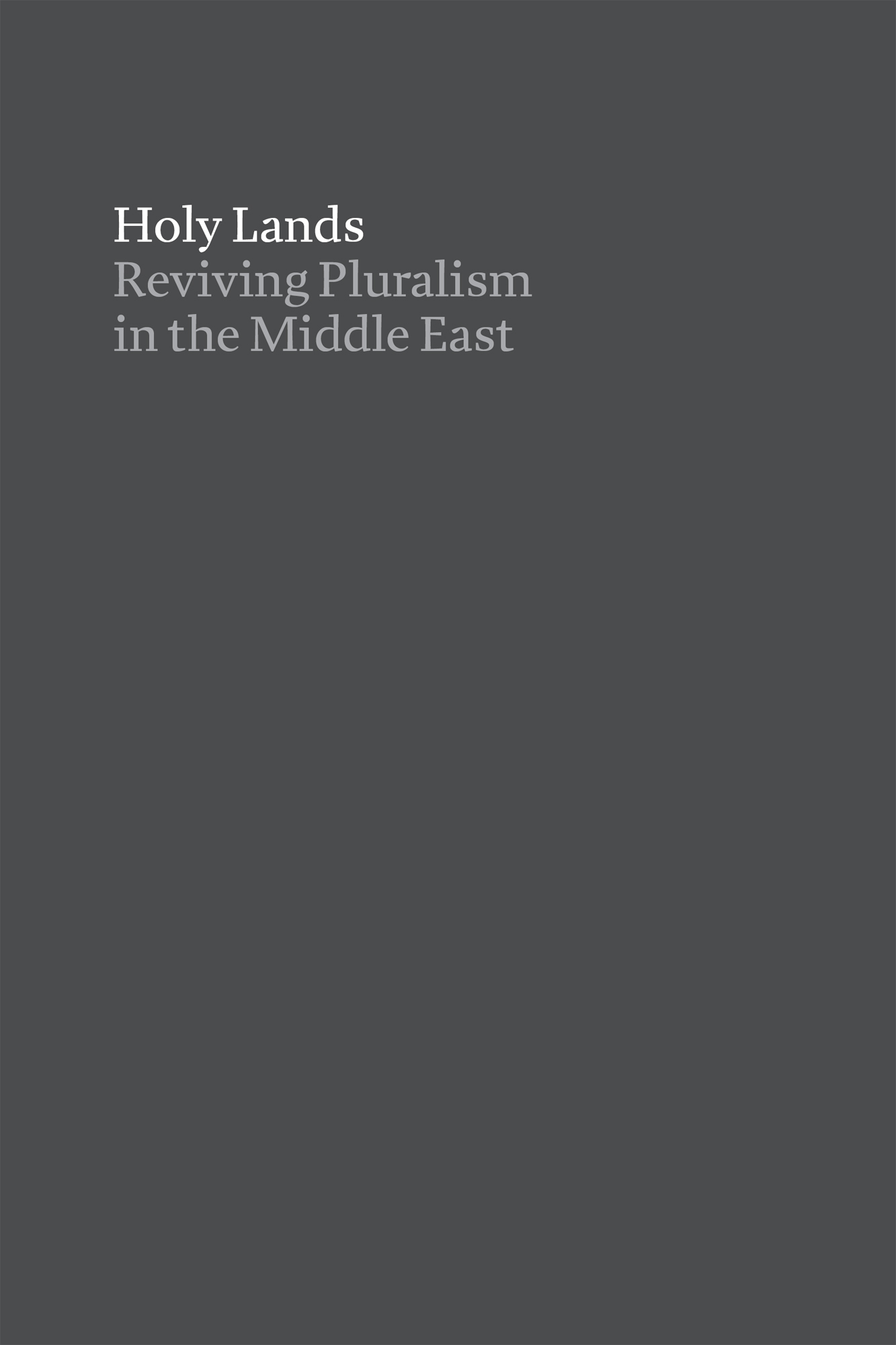



Holy Lands:
Reviving Pluralism in the Middle East
Copyright 2016 by Nicolas Pelham
All rights reserved
Published by Columbia Global Reports
91 Claremont Avenue, Suite 515
New York, NY 10027
globalreports.columbia.edu
facebook.com/columbiaglobalreports
@columbiaGR
Library of Congress Control Number:
2015949787
ISBN: 978-09909763-5-6
Book design by Strick&Williams
Map design by Jeffrey L. Ward
Author photograph by Lipika Pelham
Table of Contents
Guide
CONTENTS
Mustafa Kemal Atatrk
First president of Turkey, 192338
Recep Tayyip Erdoan
President of Turkey, 2014current
Ara Sarafian
British-Armenian historian of the Armenian genocide
David Ben-Gurion
First prime minister of Israel, 195563
Benjamin Netanyahu
Current prime minister of Israel
Ilan Shohat
Mayor of Safed
Yona Yahav
Mayor of Haifa
Shimon Gafsou
Mayor of Nazareth Illit
Haviva Aranyi
Holocaust survivor
Yehuda Bauer
Israeli historian of the Holocaust
Muhammad ibn Abd al-Wahhab
Arabian founder of Wahhabism/Salafism
Izz ad-Din al-Qassam
Syrian cleric and an architect of modern Sunni jihadism
Abdullah Azzam
Palestinian cleric and founding member of al-Qaeda
Osama bin Laden
Arabian founder of al-Qaeda
Abu Qatada al-Filistini
Jordanian leader of Palestinian jihadism
Abu Muhammad al-Maqdisi
Jordanian-Palestinian spiritual mentor of Abu Musab al-Zarqawi
Abu Musab al-Zarqawi
Jordanian founder of al-Qaeda in Iraq/the Islamic State
Abu Bakr al-Baghdadi
Iraqi leader of the Islamic State
Muqtada al-Sadr
Iraqi leader of the Sadrist Movement
Saddam Hussein
President of Iraq, 19792003
Nouri al-Maliki
Prime minister of Iraq, 200614
Haider al-Abadi
Prime minister of Iraq, 2014current
Ali Sistani
Leading grand ayatollah in Najaf
Abu Jaafar al-Darraji
Senior commander of the Badr Organization
Mohammed Dahlan
Palestinian politician, security advisor to Abu Dhabi crown prince
Mansour Malik
Founder, Islamic Law Chambers
Sayyid Abu Musameh
Former leader of Hamas in Gaza
Like many before me, my career in the Middle East was born of the thrill of the regions diversity. In Damascus, where I studied Arabic in the 1990s, going to different places of worship was as natural as a stroll in the park. Mornings might take in a synagogue service, lunchtimes an Orthodox mass, evenings the salah prayer at Ibn Taymiyas mosque, followed by a late-night hammam, a Turkish bath. Faith was theatrical, spectacular, wholesome, and uplifting.
It feels a lost world. At work, my reporting is limited ever more to the dreary cycle of violence. Instead of covering the regions vibrancy and creativity, most of my articles describe its demise. More than 100,000 killed in one of Middle Easts bloodiest years, was the headline with which the Financial Times rang in the New Year in 2015. None of the conflicts it listedin Syria, Iraq, Israel and Palestine, Yemen, and Libyashowed any sign of waning, let alone ending. With each article, ones admiration for the region turns that bit more into pity.
This book is born of the gnawing question of how a region that for half a millennium was a global exemplar of pluralism and religious harmony has become the least tolerant and stable place on the planet. Through six essays from the field, the book explores the causes of the decline, and offers a few pointers for a recovery. Those hoping for a prescriptive template for resolving the Middle Easts multiple crises will be disappointed. What they will find is a fresh approach for examining what has gone wrong, and perhaps a paradigm for understanding what might put it right.
In 1923, a Norwegian arctic explorer, Nobel Peace Prize winner, and the first League of Nations High Commissioner for Refugees, Fridtjof Nansen, devised a mass population exchange that became known as the Lausanne Convention. Unmixing the populations of the Near East will tend to secure true pacification of the Near East, he reasoned. Building on the Wilsonian principles of national self-determination, his convention wound up the last vestiges of the Ottoman Empire in southeastern Europe after six centuries of religious co-existence. It provided for the compulsory exchange of Turkish nationals of the Greek Orthodox religion established in Turkish territory, and of Greek nationals of the Moslem religion established in Greek territory. In the months that followed, 1.6 million people were displaced across the dying empire, many from communities that had never seen sectarian conflict.
Forcible population transfer was not a novel phenomenon. Encouraged by Europes Christian great powers, for almost a century Christian nationalist movements had sloughed off Ottoman rule in southeastern Europe and purged their countries of their Muslim past. Russia, Bulgaria, Macedonia, and Greece killed and expelled hundreds of thousands of Muslims, as if revisiting Spains Reconquista on southeastern Europe. But Nansen was the first to achieve diplomatically what others had achieved by war, and give the transformation of the Ottoman Empires heterogeneous society into homogeneous societies an international stamp of approval. George Curzon, who as Britains foreign secretary was one of the key negotiators, hailed the advantages which would ultimately accrue to both countries from a greater homogeneity of population, and set about unmixing and partitioning Britains other colonies along similar lines. The British government partitioned first Jerusalemin which under Ottoman rule Muslims, Christians, and Jews all mingled togetherinto separate religious quarters, and then Palestine itself.
Communal segregation had ancient roots. From the outset, Ottoman sultans had administered their diverse empire on sectarian lines, devolving authority to the leaders of their multiple faith communities, or millets. Patriarchs, chief rabbis, and Muslim clerics headed semi-autonomous theocracies that applied religious laws. But while the millets governed their respective co-religionists, they had no power over land. The empires many millets shared the same towns and villages with other millets. There were no ghettoes or confessional enclaves. Territorially, the powers of their respective leaders overlapped. I have called this system of overlapping religious powers milletocracy.
The unmixing of sects that the Lausanne Convention propagated in the Near East triggered a century of wars designed to turn holy communities into holy lands. Millet fought and evicted millet in the struggle to create gerrymandered enclaves that turned religious minorities into majorities. Across the region, a heterogeneous population was subject to attempts to sift, order, and refashion it as a patchwork of homogeneous ones. Far from delivering the pacification Nansen promised, the process has resulted in an ongoing program of secticide, or milleticide, which, as the


